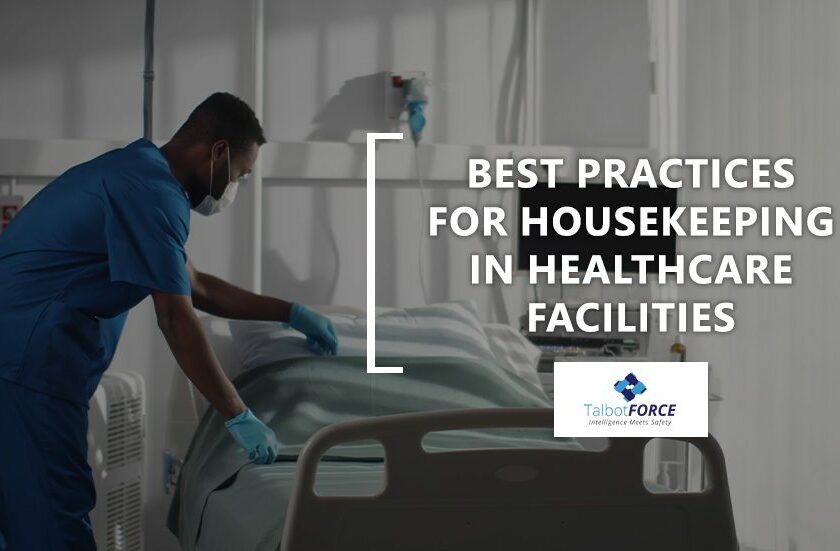The significance of cleanliness and sanitation cannot be understated in healthcare facilities. Maintaining a well-kept and hygienic environment is crucial for preventing infections and enhancing the overall well-being of patients, staff, and visitors. Effective housekeeping practices are pivotal in creating a safe and healthy environment within healthcare settings.
Let’s Know More About Housekeeping Services in Hospitals and Healthcare Industry
Regular Training and Education
One of the foundations of effective housekeeping in healthcare facilities is regular training and education for the housekeeping staff. Comprehensive training ensures they have the necessary knowledge and skills to maintain proper hygiene, handle cleaning agents safely, and follow infection control protocols. Continuous education about the latest cleaning techniques and technologies helps them stay updated with industry best practices.
Compliance with Infection Control Protocols
Healthcare-associated infections (HAIs) pose a considerable challenge within medical environments. Ensuring adherence to rigorous housekeeping protocols, such as consistently sanitizing frequently touched surfaces, patient accommodations, and communal spaces, is pivotal in curbing infection transmission. Employing disinfectants that meet hospital standards and adhering to prescribed cleaning schedules are indispensable facets of comprehensive infection control strategies.
Color-Coded Cleaning Tools
A color-coded system for cleaning tools, such as microfiber cloths and mop heads, helps prevent cross-contamination between different areas. Assigning specific colors for different facility sections ensures that cleaning tools used in one area do not inadvertently spread germs to another.
Personal Protective Measures
For housekeeping personnel, careful adherence to hand hygiene protocols is paramount. This involves regular handwashing with soap and water or using alcohol-based hand sanitizers. Furthermore, donning suitable personal protective equipment, gloves, and masks, is imperative. These measures collectively safeguard the well-being of staff members and mitigate the potential dissemination of infections.
Waste Management
Proper waste management is critical in healthcare facilities. Housekeeping staff must handle and dispose of medical waste safely and according to established guidelines. Clear segregation of different types of waste and ensuring that hazardous waste is stored and disposed of appropriately is essential.
Scheduled Cleaning and Maintenance
Creating a comprehensive cleaning schedule is vital to ensure that all areas of the healthcare facility receive proper attention regularly. This includes patient rooms, waiting areas, restrooms, and shared spaces. Regular maintenance of HVAC systems and air filters is also crucial to maintain good indoor air quality.
Green Cleaning Practices
Incorporating environmentally friendly cleaning practices can benefit both the facility and the planet. Using eco-friendly cleaning products and procedures reduce exposure to harmful chemicals, protects the environment, and promotes sustainability.
Communication and Feedback
Open communication between housekeeping staff and other healthcare facility departments is essential for promptly addressing any concerns or challenges. Encouraging feedback from patients, staff, and visitors helps identify areas of improvement and ensures that housekeeping practices meet everyone’s expectations.
Effective housekeeping services in Hospitals are vital to maintaining a safe, clean, hygienic environment in healthcare facilities. Adherence to infection control measures, regular training, and proper cleaning techniques are fundamental in preventing healthcare-associated infections and promoting patient safety. By implementing these best practices and fostering a culture of cleanliness; healthcare facilities can provide a healthier and more comfortable environment for all those within their care.


